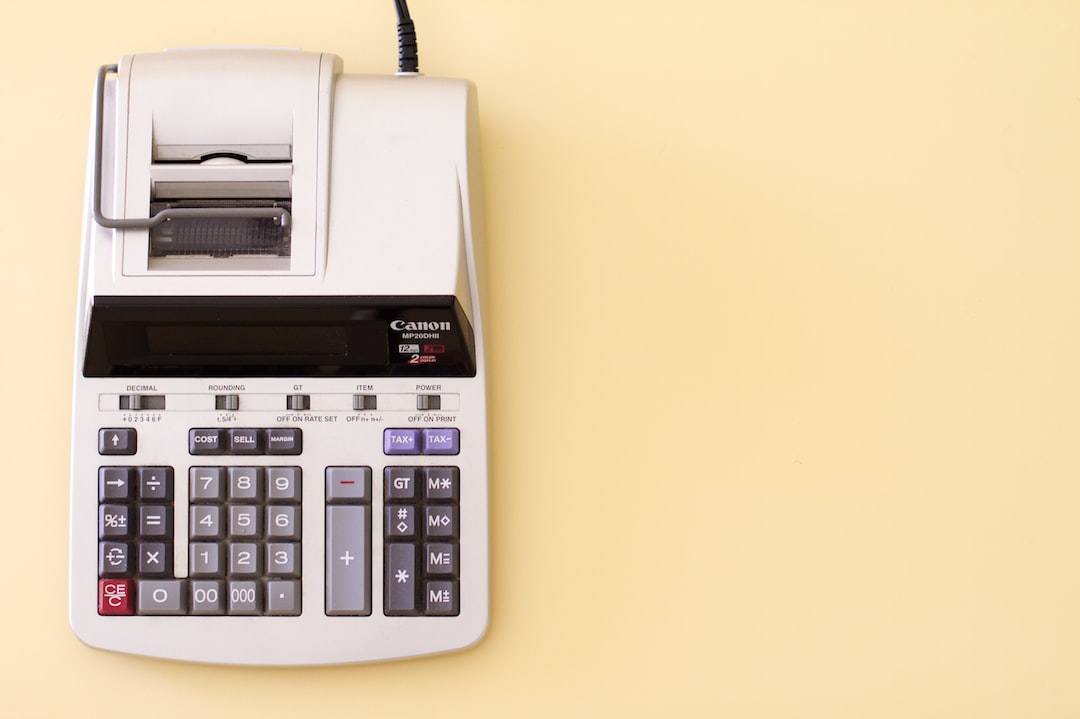When it comes to tax season, it’s important to understand where to enter your forex gains and losses for section 988. Section 988 refers to the special tax rules that apply to foreign currency transactions, and it can be a bit confusing to navigate. In this article, we’ll break down the basics of section 988 and explain how to enter your forex gains and losses on your tax return.
First, let’s define forex gains and losses. Forex (short for foreign exchange) refers to the exchange of one currency for another. If you trade currencies, you’ll likely experience gains and losses based on fluctuations in exchange rates. These gains and losses are considered ordinary income or loss for tax purposes under section 988.
Now, let’s talk about how to report these gains and losses on your tax return. If you’re an individual taxpayer, you’ll report your forex gains and losses on Form 1040, Schedule D. Schedule D is used to report capital gains and losses, but forex gains and losses are considered ordinary income or loss, so they’re reported on line 21 of Schedule D instead of on the capital gains and losses section.
On line 21 of Schedule D, you’ll report the total amount of your forex gains or losses for the year. If you had a net gain, you’ll enter the amount on the “Short-term capital gain” line. If you had a net loss, you’ll enter the amount on the “Short-term capital loss” line. Then, you’ll need to attach a statement to your tax return explaining the nature of the gain or loss and how you arrived at the total amount.
It’s important to note that if you’re a trader in the forex market and you meet certain criteria, you may be eligible to elect out of section 988 and into section 1256. Section 1256 has more favorable tax treatment for traders, as it allows for a lower tax rate on gains and the ability to carry losses back up to three years. To qualify for the election, you must be a trader in the forex market, not a casual investor, and you must file the election with the IRS by the due date of your tax return.
If you’re unsure whether you should elect out of section 988, it’s a good idea to consult with a tax professional. They can help you determine whether the election is right for you and guide you through the process of making the election.
In addition to reporting your forex gains and losses on your tax return, it’s important to keep accurate records of your trades. This includes keeping track of the date, amount, and currency pair for each trade, as well as any fees or commissions paid. Having thorough records will make it easier to calculate your gains and losses and ensure that you’re reporting everything correctly on your tax return.
In conclusion, reporting forex gains and losses for section 988 can be a bit tricky, but it’s important to get it right to avoid any issues with the IRS. Make sure to report your gains and losses on line 21 of Schedule D and attach a statement explaining the nature of the gain or loss. If you’re a trader in the forex market, you may be eligible to elect out of section 988 and into section 1256 for more favorable tax treatment. And always keep accurate records of your trades to make tax season a little easier.






